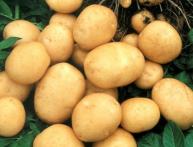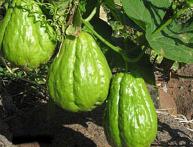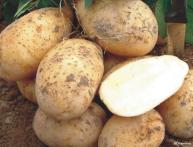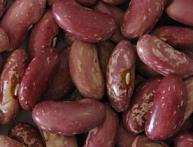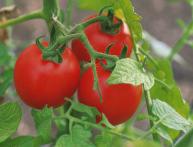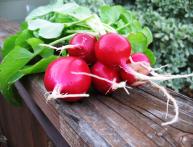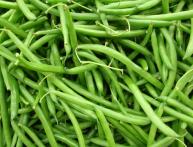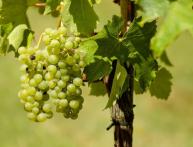How to significantly increase garlic yield at home
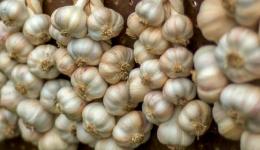
Garlic is a fairly common crop in household plots. But for some reason, it is not always possible to grow a good harvest of large and juicy heads. Many vegetable growers even have the opinion about garlic that it is a very capricious and demanding crop. Is this really so, and what are the ways to increase productivity? garlic? This will be discussed below.
Content
How to choose quality planting material
Garlic is a vegetable crop popular among many peoples. Its cloves, flower shoots and leaves are widely used for culinary purposes as a spicy seasoning. Garlic is also widely used in traditional medicine recipes. This culture reproduces by teeth and aerial bulbs.
According to the method of cultivation, winter and spring varieties of garlic are distinguished. The first thing you need to do to obtain a high yield of garlic is to stock up on high-quality planting material.
In this case, preference should be given to varietal zoned garlic. At the moment, quite a few productive varieties of this crop have already been bred. You can buy this garlic in gardening stores.
Local garlic can also be used for planting. When choosing it, you need to pay attention to the following signs:
- The covering scales of the lobules must be clean and intact.They should be free of stains and signs of rot.
- The bottoms of the heads must be free of any damage in the form of cracks. In most cases, they indicate that the planting material is infected with garlic tick.
- Preference should be given to heads consisting of 4-5 large full-sized cloves.
- You should not purchase garlic of Chinese origin for planting. It can be distinguished by the color of its covering scales. They are usually pure white.
Methods for increasing yield
The key to a high garlic yield is its correct agricultural technology. You should start with the correct landing.
The most important thing when growing winter garlic is to choose the right planting date. If the cloves are planted too early, they will take root and have time to germinate before frost sets in. This will most likely not kill the garlic, but it won’t produce a good harvest either.
If planted too late, the teeth, on the contrary, do not have time to take root and therefore die. On average, about a month should pass from the moment of planting the planting material to the onset of stable cold weather. In recent years, the weather has become increasingly unpredictable, so it is advisable to mulch the beds for the winter. This will make it easier to winter the planting material, and in the event of a snowy winter, it will prevent it from freezing.
Top dressing
Competent entry fertilizers can also significantly increase productivity. To do this, humus and ash are added to the digging at the rate of half a bucket of humus and a glass of ash for each square meter of the bed. In early spring, immediately after the snow melts, garlic plantings should also be fed with nitrogen fertilizers. For this you can use ammonium nitrate or urea.Fertilizers are diluted according to the attached instructions.
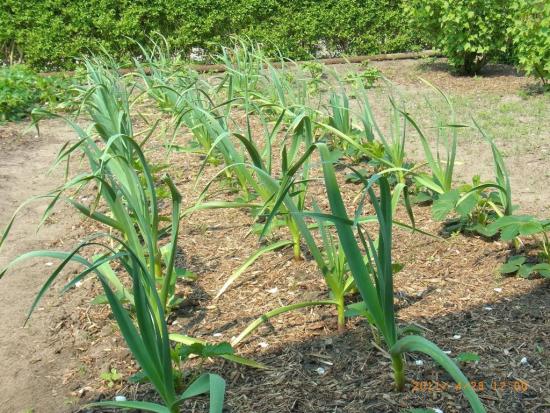
In May, a period of intensive growth, garlic should be fed with an infusion of bird droppings. It is prepared as follows:
- Pour the droppings with water in a 1:1 ratio.
- Leave the solution to infuse for 5 days.
- Dilute the resulting infusion at a rate of 1:15.
Attention! When applying fertilizers, you should remember that overly fertilized garlic is stored extremely poorly.
Breaking out the arrows
Most winter varieties of garlic are bolting. Their yield directly depends on how correctly and timely the shoots were removed. You should start breaking out the arrows immediately after they grow to a height of 10-15 cm. You should not delay this. The longer the arrows remain on garlic, the more nutrients they will pull from the heads and therefore the size of the heads will decrease significantly.

The arrows should be removed using scissors or a knife. At the same time, stumps 3-4 cm high are left on the plant. A small part of the shoots on garlic beds can be left to obtain planting material in the form of bulbs. They will also serve as a guide to the maturation of the heads.
Sowing bulbs
In order for the garlic harvest to be high every year, it is necessary to periodically update and revitalize the planting material. To do this, it is necessary to sow the bulbs every 2-3 years. This method has the following advantages:
- The planting material becomes healthier, since diseases are not transmitted during seed propagation.
- Disease pathogens accumulate in garlic heads over time. Therefore, year after year the yield of such garlic falls.
The grade improves. In most cases for landings Not the largest teeth are selected. As a result, gradual degeneration of the variety occurs. The seed method allows you to fix this. Productivity increases. On average, you can get up to 100 full-fledged bulbs from one flower arrow.
When sown in winter, each of them will grow a fairly large single-toothed onion, which can already be used for food. When propagating by teeth, approximately a quarter of the harvest is spent on further reproduction. When growing garlic, you must not forget about timely watering, loosening the soil and weeding. They also have a significant impact on garlic yield.
Video about proper feeding of garlic:



